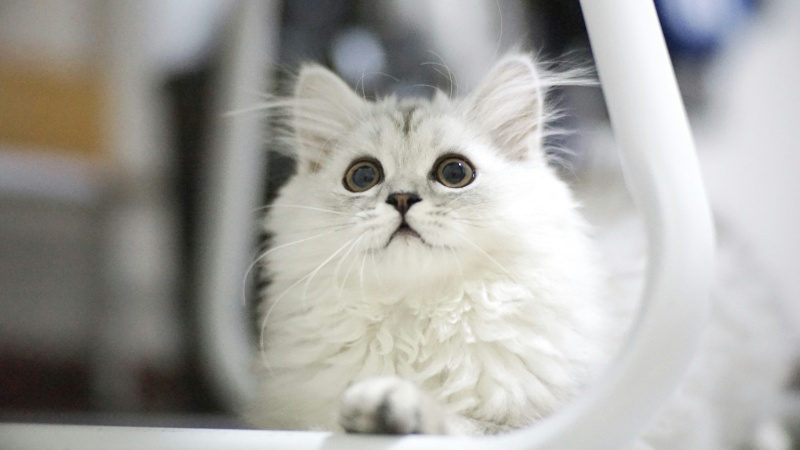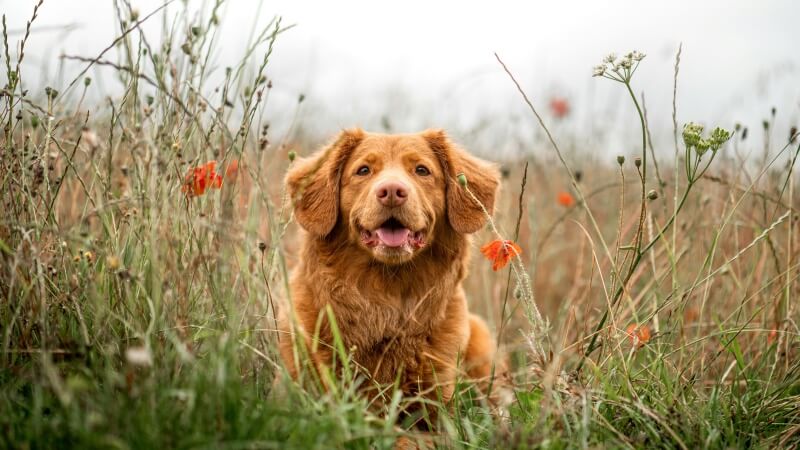
What To Consider When Making A Dog Hunting Vest
The moment you consider a dog hunting vest for your adventurous companion, you’re stepping into a world where safety meets functionality. This vest is not

Have you ever seen your feline friend lounging around and thought, “What could possibly make this picture more adorable?” The answer is simple: a cat vest!
This blog is your go-to guide for turning ordinary fabric strips into a fabulous fashion statement for your beloved pet.
We’ll take you through the process step by step, from gathering materials to the final fitting, infusing each stage with humor and simplicity.
Whether you’re a seasoned DIY enthusiast or new to the craft, prepare to unleash your creative spirit and earn some serious cat cuddles in return. Let’s make your cat the most stylish feline on the block!
Embarking on a cat vest crafting journey begins with understanding that this is more than just a sewing project; it’s a labor of love.
The beauty of creating a cat vest lies in the ability to customize it to your cat’s unique size, shape, and personality, ensuring they’re comfortable and stylish.
This section will cover the foundational steps necessary to kickstart your project, ensuring everything is perfectly aligned for a smooth sewing experience.
Selecting the right materials is the first step to ensure the cat vest will be comfortable, durable, and, of course, stylish. Here’s a detailed breakdown of what you’ll need:
Getting accurate measurements is paramount to creating a cat vest that fits like a glove. Here’s how to do it properly:
The transition from measurements to actual fabric cutting is a thrilling moment. This step is where your cat vest starts to take physical shape:
With all the prep work done, it’s time to bring your cat vest to life. Sewing can be a meditative process, where each stitch brings you closer to the final product. Let’s dive into the construction phase, where your project really starts to come together.
The act of sewing the cat vest is where patience and precision come into play. Here’s how to approach it:
After the initial assembly, it’s crucial to ensure the cat vest fits your cat perfectly. This might require some trial and error:
The final step in creating your cat vest is to add those unique touches that reflect your cat’s personality:
Crafting a cat vest from fabric strips is not just a fun DIY project; it’s an opportunity to express your love and creativity for your feline friend.
This guide has walked you through each step of the process, from material selection to final adjustments, ensuring you have all the information needed to create a cozy, stylish vest for your cat.
Remember, the key to a successful cat vest lies in patience, attention to detail, and a deep understanding of your cat’s needs and preferences.
So, grab your sewing kit, unleash your creativity, and get ready to see your cat strut their stuff in their new, fashionable vest. Happy sewing!


The moment you consider a dog hunting vest for your adventurous companion, you’re stepping into a world where safety meets functionality. This vest is not

The concept of a dog cooling vest is a game-changer for pet owners looking to enhance their dog’s comfort during those relentless summer days. Imagine

When you first consider crafting a tactical dog vest, it’s not just about embarking on a fun DIY project; it’s about ensuring your furry companion’s

Ever thought about giving your cat tactical vest an upgrade? Yes, you heard it was right—a. A tactical vest for your feline friend, not just

Have you ever seen your feline friend lounging around and thought, “What could possibly make this picture more adorable?” The answer is simple: a cat

The moment you consider a dog hunting vest for your adventurous companion, you’re stepping into a world where safety meets functionality. This vest is not

The concept of a dog cooling vest is a game-changer for pet owners looking to enhance their dog’s comfort during those relentless summer days. Imagine

When you first consider crafting a tactical dog vest, it’s not just about embarking on a fun DIY project; it’s about ensuring your furry companion’s
Secure and Empower, Walk Responsibly
Copyright © 2025pettacticalharness. All Rights Reserved.